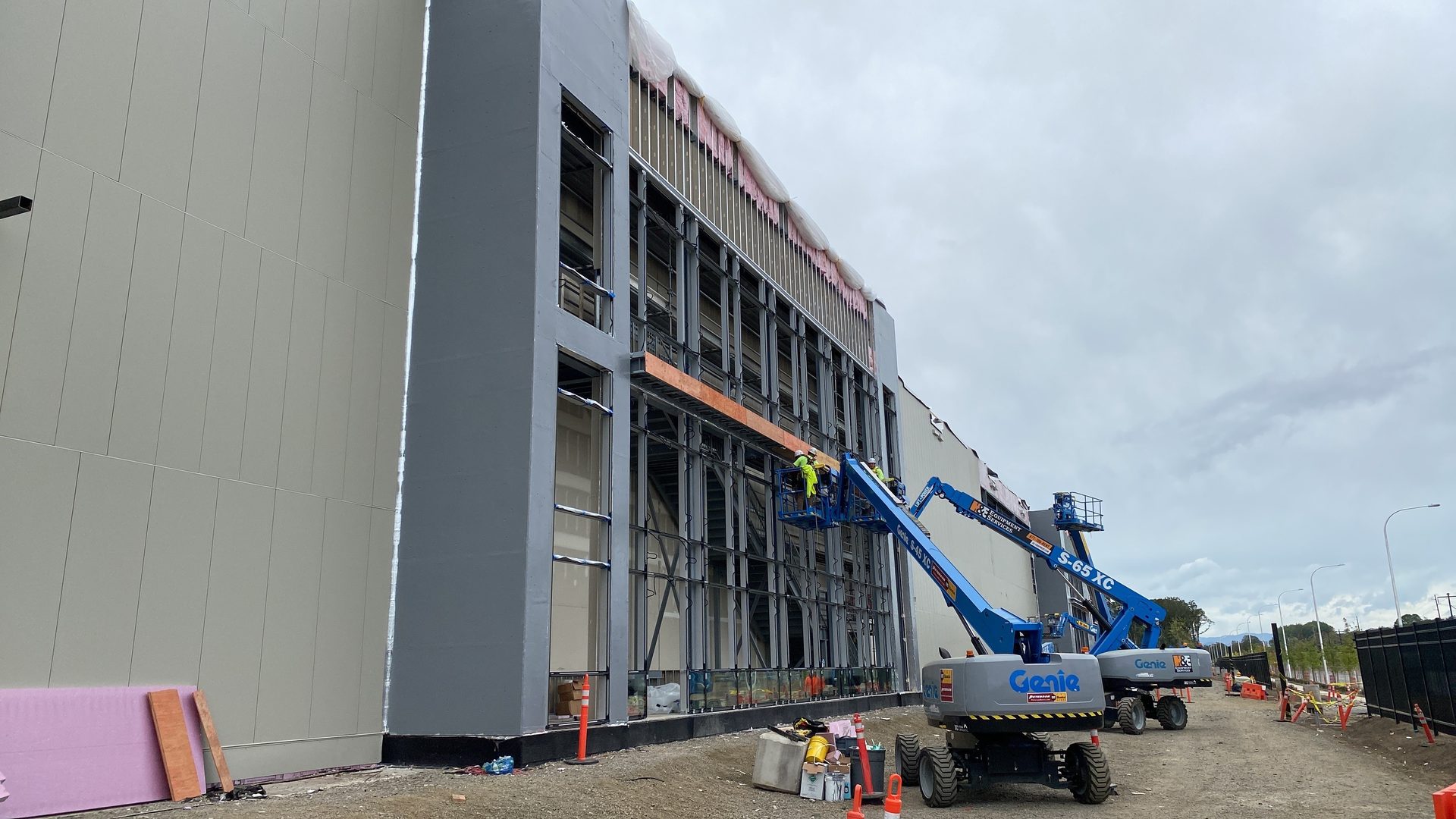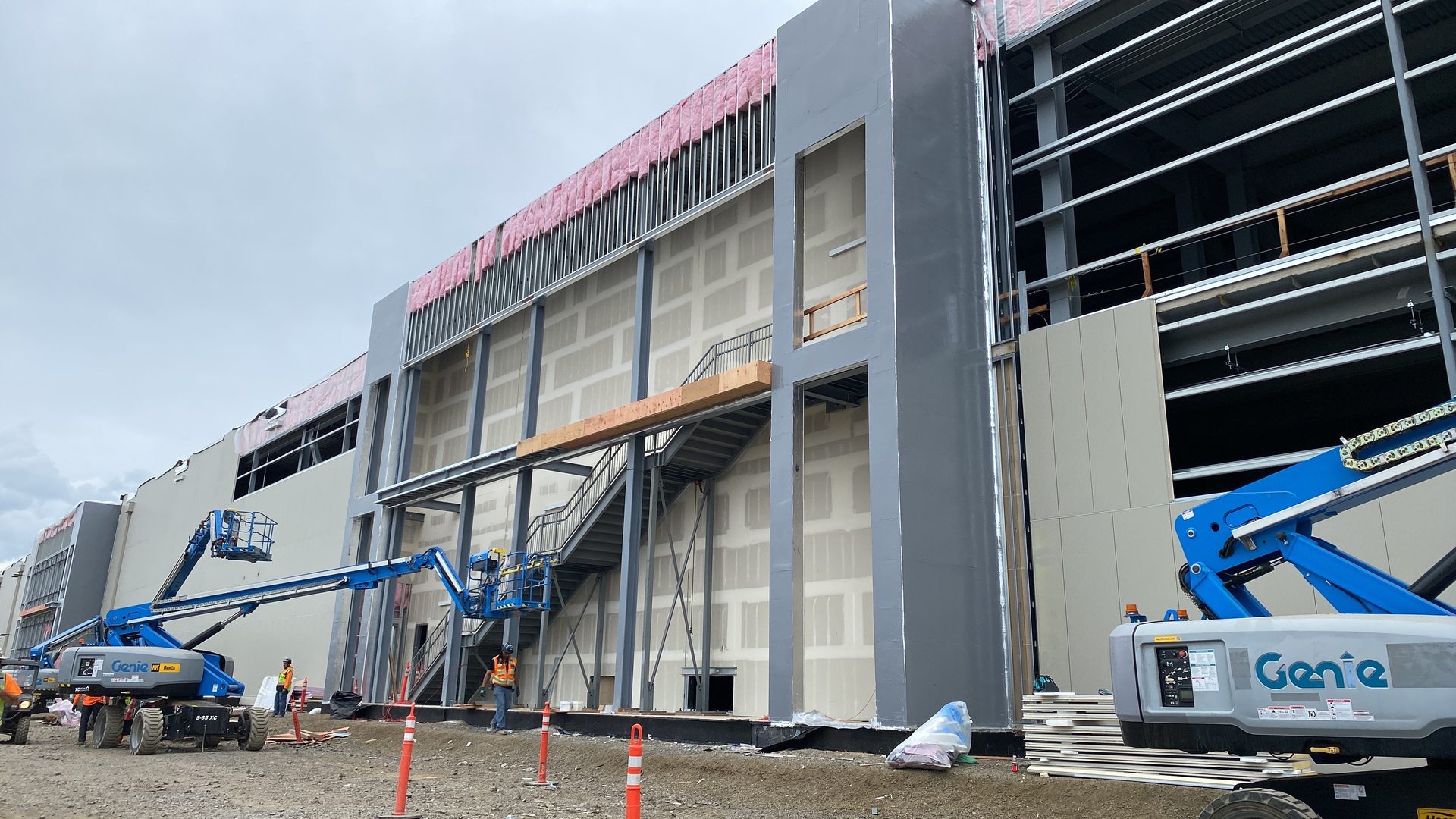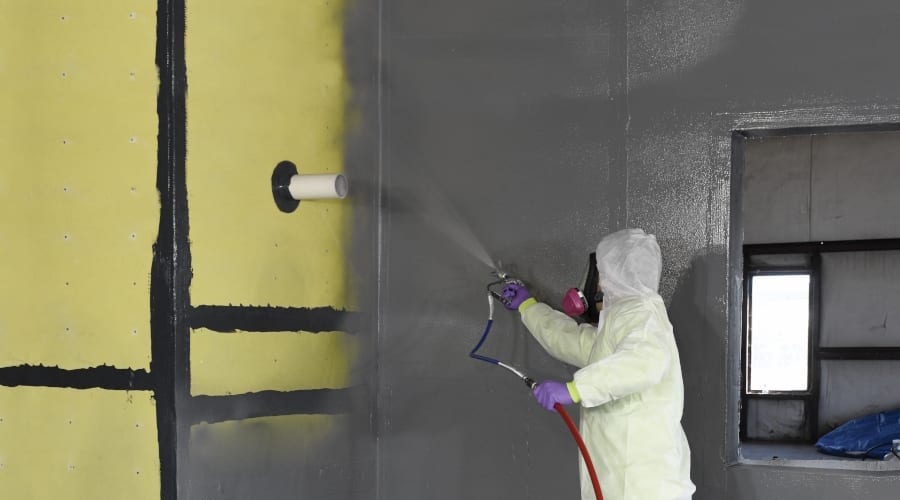Record summer heat, widespread wildfires, and unpredictable weather signify the onset of a new era of climate challenges. With this, resilience–defined by the American Institute of Architects as “mitigating risk for hazards, shock, and stresses and adapting to changing conditions”–has become a crucial principle in the architecture, design and construction industries. Resilience means far more than current industry standards of minimum code requirements to address issues that influence long-term performance, however.
The "hazards, shocks, and stressors” can come from external sources as well as from the design decisions of the built environment. Some are extreme events such as tornadoes, hurricanes, and wildfires. Others are far more common and persistent adverse events, like moisture risks to the building enclosure. To efficiently future-proof the building envelope in light of the new climate reality, taking both into consideration is critical. One vital tool in this effort, though often overlooked, is air and water-resistive barriers (AWBs). They represent a tangible step toward a more resilient and environmentally responsible future.
All images courtesy of Siplast.
The Importance of Climate-Proofing Buildings
The built environment is a critical buffer between society and the increasingly hazardous climate. As the world grapples with extreme heat, cold, wind, and rainfall, our buildings must adapt to withstand these impacts. The construction industry, responsible for a significant share of the world's landfill waste and CO2 emissions, finds itself at a crossroads. Traditional methods and materials must give way to sustainable and preventative building envelope solutions.
AWBs are a key part of this new approach. Not only do AWBs help ensure the safety and resilience of the built environment in the wake of rising and hazardous climate threats, but they also can extend a building's lifespan. AWBs represent a substantial commitment to a more sustainable future by minimizing the contribution of harmful waste and energy, the largest and most impactful stage of the building’s life. As we continue, we'll explore the role of AWBs in building safety, uncovering how they contribute to the overall health and longevity of a building.

The Role of AWBs in Building Safety
Air and water-resistive barriers are crucial in modern construction, acting as guardians of building integrity. They prevent air entering a structure and keep water from permeating the building envelope, maintaining a consistent indoor climate and preventing moisture damage. Thus, AWBs contribute to the overall health and longevity of a building.
When installed properly, AWBs are a highly effective approach to managing moisture, air, and energy performance. They are the unsung heroes of modern construction, providing a first line of defense against the unpredictable forces of nature. However, the effectiveness of AWBs is not guaranteed. Poorly performing AWBs, due to bad design or construction, can lead to higher carbon emissions and other unforeseen problems. The domino effect on other operations that sustain the building envelope, like HVAC systems, can be catastrophic.
The importance of AWBs extends beyond the physical structure; they are key to the well-being of every inhabitant. Their ability to safeguard our health and safety with extreme heat and freezing cold temperatures, improve occupant comfort, and help enable a well-designed ventilation system to perform efficiently is set to gain a whole new meaning in the coming decades. Recognizing the importance of AWBs is not enough; the construction industry must master their proper installation, specification, and application. This requires a commitment to quality, innovation, and continuous learning.
Investing in training, research, and best practices ensures that AWBs are not just an add-on but a fundamental part of building design and construction. As we delve into the impact of AWBs on energy consumption, we'll uncover how they can transform our approach to energy efficiency.

The Impact of AWBs on Energy Consumption
Air and water-resistive barriers (AWBs) can play a vital role in the energy efficiency of a building. When installed properly, they can help reduce energy consumption both short and long-term, contributing to a more sustainable and cost-effective environment.
Buildings contribute to 28% of the world's energy-related emissions, and AWBs can have a direct impact on HVAC systems which significantly contribute to a building’s emissions. When AWBs perform poorly, HVAC systems may have to work overtime to mitigate thermal loss, potentially releasing even more carbon emissions. High-performing airtight AWBs, therefore, can be vital to help mitigate the risk of increased energy emissions due to HVAC overload.
The challenge of AWBs performing inefficiently due to poor design and construction choices is significant. Properly installed and maintained AWBs can transform how we approach building energy consumption. AWBs help maintain a more consistent indoor temperature by preventing unwanted air leakage and heat transfer. This can result in improved occupant comfort and reduced energy consumption for heating and cooling, leading to lower utility bills.* They can also potentially result in decreased recurring repairs. Effective AWBs prevent water infiltration, which can lead to moisture-related issues such as mold growth, rot, and structural damage. By mitigating these problems, the need for recurring repairs is minimized. However, their effectiveness requires thoughtful integration into the overall building design, as well as a commitment to ongoing monitoring and adjustment. This requires understanding the building's purpose, location, and future-environment predictions and a commitment to sustainability.
The impact of AWBs on energy consumption is a microcosm of the broader challenge facing the construction industry. It's about more than technology or materials; it's about a fundamental shift in mindset toward long-term thinking, innovation, and sustainability. AWBs are a powerful tool in this effort, but they are just the beginning of a more comprehensive approach to energy-efficient building design. As we look to the future, we'll explore how AWBs can lead to more resilient and sustainable construction practices.

